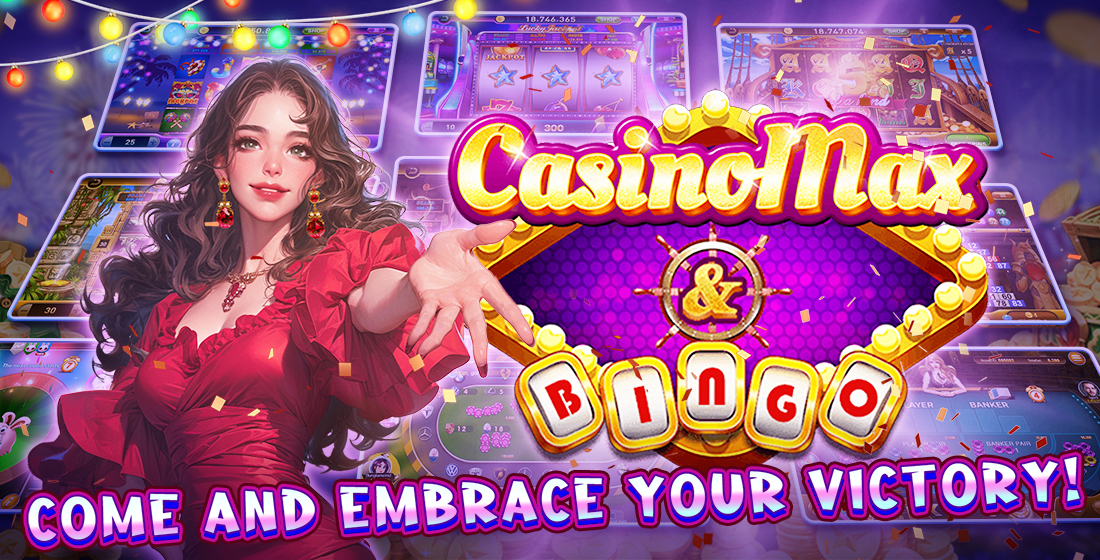Unleashing Imagination: The Magic of Creative Games for All Ages
Introduction to Creative Games
Creative games are not just for children; they offer a world of excitement for individuals of all ages. These games ignite our imagination, engage our minds, and foster social interaction. Unlike conventional games which often focus on competition, creative games emphasize collaborative play, innovation, and expression.
The Importance of Imagination in Play
Imagination is a powerful force in human development and creativity. Engaging in creative games allows players to explore new ideas, think outside the box, and express themselves uniquely. This section delves into the benefits of imaginative play and how it impacts cognitive growth.
Types of Creative Games
There are various forms of creative games catering to diverse interests:
- Role-Playing Games (RPGs)
- Board Games
- Creative Arts & Crafts Games
- Puzzle and Strategy Games
- Video Games with Open-World Themes
Popular Creative Games to Explore
Here’s a table showcasing some popular creative games worth exploring:
| Game Title | Platform | Age Group |
|---|---|---|
| Clash of Clans | Mobile | 10+ |
| The Sims | PC / Console | 13+ |
| LEGO Video Games | Multiple | 7+ |
| ROBLOX | PC / Mobile | 8+ |
Benefits of Creative Games
Creating and playing these types of games has numerous benefits:
- Enhances Problem-Solving Skills: Players learn to approach challenges creatively.
- Boosts Cognitive Development: Engaging in imaginative play promotes critical thinking.
- Encourages Social Interaction: Many creative games emphasize teamwork and communication.
- Fosters Emotional Expression: Games can encourage emotional exploration and creativity.
How to Choose the Right Creative Game
Selecting the right game depends on several factors:
- Age Appropriateness
- Player Interests
- Required Skill Levels
- Game Format (Online or Offline)
Creative Games in Education
Teachers can utilize creative games as valuable educational tools. They enhance engagement and motivation among students while facilitating important learning outcomes. This section explores successful implementations of creative games in classroom settings.
Case Studies of Creative Games in Schools
Here are some examples of creative games that have made an impact:
- Interactive Storytelling: Encouraged by using RPGs for narrative development.
- Math Puzzles: Engaged students through creatively themed math competitions.
- Art Projects: Used to reinforce concepts and encourage collaborative artwork.
Technology and Creative Games
With the rise of technology, creative games have evolved significantly. Video games now incorporate elements of creativity and collaboration, appealing to a tech-savvy audience. Additionally, technology enhances the accessibility of creative games.
Impact of Digital Platforms
Whether it’s through platforms like ROBLOX or Clash of Clans, digital creative games have opened new avenues for social interaction and creativity. They allow players to connect with others worldwide, share creations, and collaborate on projects.
Bridging Generations with Creative Games
Creative games can serve as a bridge between generations. They allow parents and children to interact meaningfully, fostering deeper connections and shared experiences. This section discusses the benefits of multi-generational play.
Ideas for Family Game Nights
Consider these games for a fun-filled family night:
- Charades
- Story Cubes
- Art & Craft Competitions
Challenges in Creative Gaming
While creative games have numerous advantages, they also come with their challenges. Issues such as balancing screen time, ensuring age-appropriate content, and maintaining genuine creativity often arise. This section addresses these challenges.
Setting Boundaries
Creating a guideline on how much time to spend on creative games, especially on digital platforms, can help prevent excessive use. Here are some helpful tips:
- Establish time limits.
- Encourage breaks between sessions.
- Promote offline creativity through other activities.
Conclusion
Creative games are vital for imagination, learning, and social interaction. They cater to audiences of all ages and help develop essential skills while providing hours of fun. Whether they’re role-playing games or interactive digital experiences, the magic of creative gaming continues to inspire and challenge individuals. Let's appreciate the arts of creativity and collaboration that games foster among players around the world.
FAQs
1. What are creative games?
Creative games are those that promote imagination and creative thinking. They can involve role-playing, building, or expression through art.
2. What age group can play creative games?
Creative games are suitable for all ages, from young children to adults.
3. How can I encourage my child to play more creative games?
Introduce them to games that require creativity, provide opportunities for unsupervised play, and participate together.
4. Are digital creative games as effective as physical ones?
Both types have their benefits. Digital games often enhance accessibility, while physical ones encourage face-to-face interactions.



